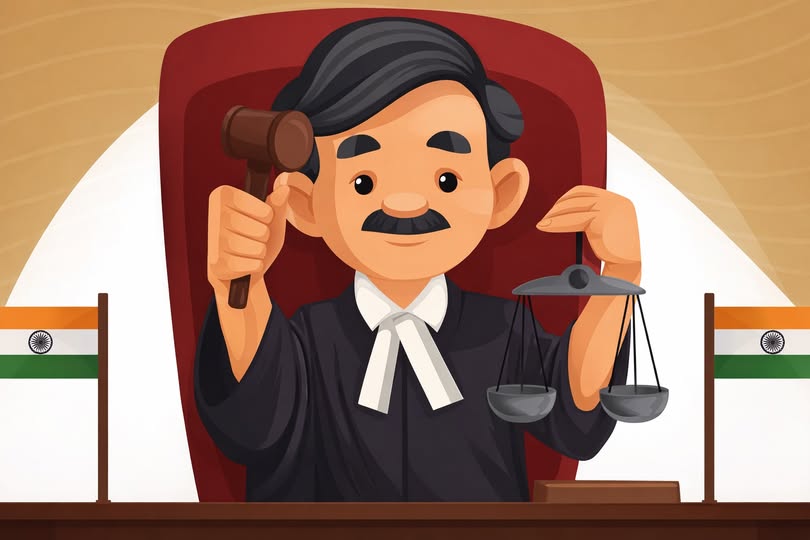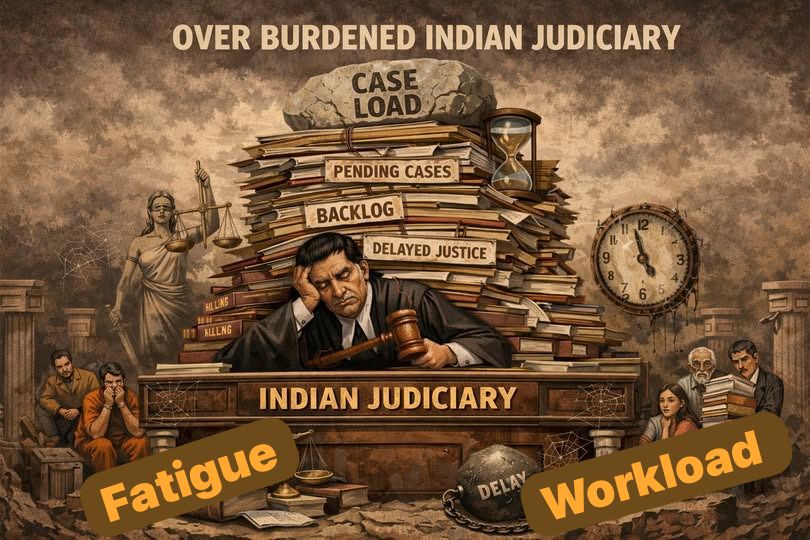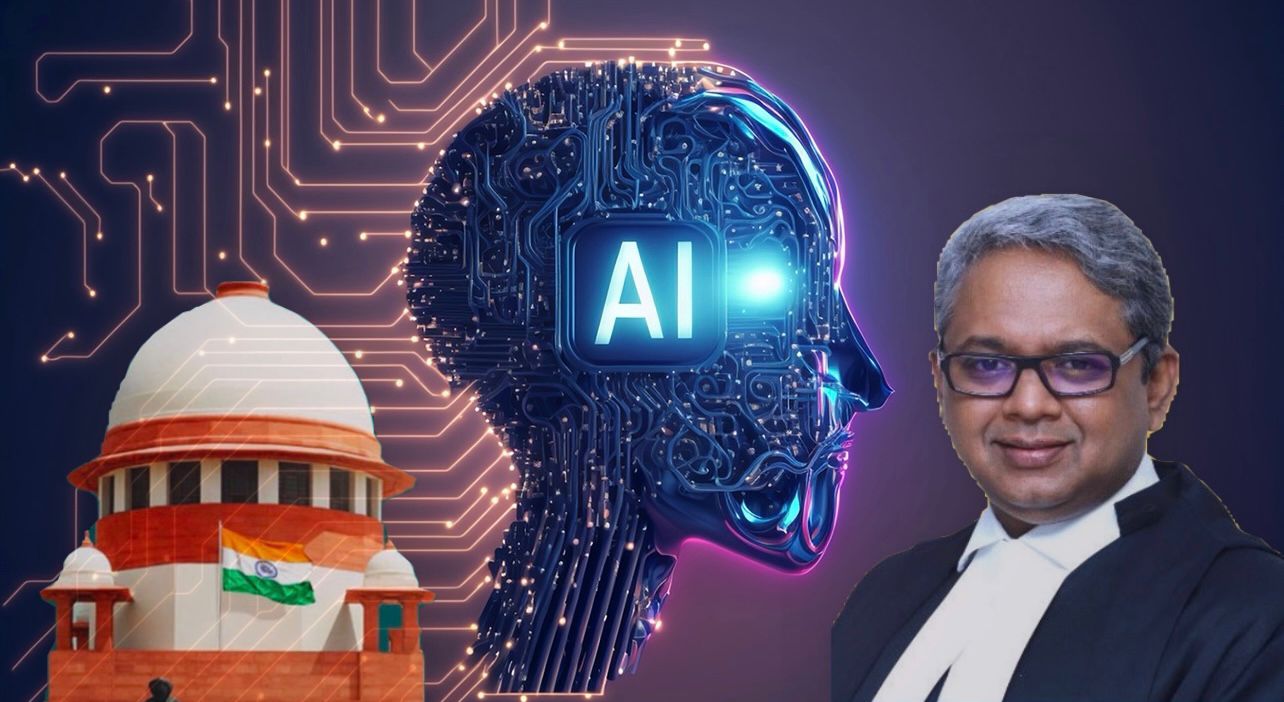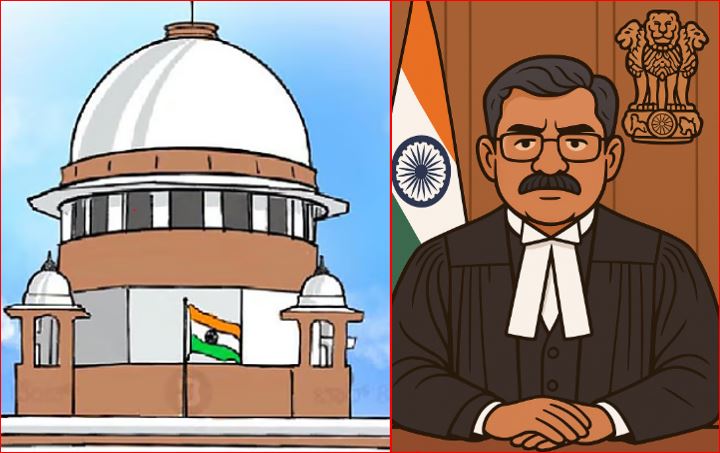‘The idea of queerness has been accepted as quite natural and pure in the subcontinent’ says Justice SR Krishna Kumar.
- 10-December-2023 10:16
Justice SR Krishna Kumar judge of the High Court of Karnataka spoke on the topic of "Evolution of LGBTQIA+ rights" on the occasion of 17th P.G.C Chengappa Memorial Lecture. He delved deep into the evolution of queer rights from the epic of Mahabharata to the recent judgement of Supriyo Chakrabarty.
Justice Krishna Kumar also elaborated how the history of the queer community has been in the world context. ‘As alternatives to the Western male-female and heterosexual binaries, the LGBTQIA+ community has flourished for millennia and across cultures, from the lyrics of same-sex desire written by Sappho in the 7th Century BCE to youths raised as the opposite sex in cultures ranging from Albania to Afghanistan; from the "female husbands" of Kenya to the Native American "Two-Spirit".’ He said.
He also elaborated on the fact that how India has a long standing history of the queer community. ‘Many times, "LGBTQIA+" is dismissed as a contemporary phenomenon or an idea of urban elitism; yet, Indian mythology and history paint a very different picture. Renowned mythologist Devdutt Pattanaik claims that in Sanskrit and Tamil, there are more than fifty terms for non- heterosexual genders and sexualities: napunsaka, kliba, kinnara, pedi, and pandaka. The Vedas, Itihasa, Puranas, Kama-shastra, Natya-shastra, Ayurveda, Jain Agamas, and Buddhist Pitakas all refer to these texts.’ Justice Kumar said.
He said ‘In pre-colonial times, the Indian subcontinent was home to a diverse population with its own, unique understanding of sexuality, companionship, morality and love. Stories, history, myths, and cultural practices in India indicate that what we now term ‘queerness’ was present in pre- colonial India. It would not be a faithful description of the times to say that queerness was “accepted” by the populace.’– Justice Kumar said.
Justice Krishna Kumar also analysed the representation of queer community by the Indian Media. He referred to various books and movies like Deepa Mehta’s movie Fire (1996), Vikram Seth's book The Golden Gate (1986) and the character of “Lajja Shankar Pandey” played by actor Ashutosh Rana in the film Sangharsh (1999). There also references of web series like Hush Hush and Fame Game to show different dimensions of Indian media of the queer community.
He then further moves on to analyse the evolution of legal rights from the institution of Section 377 IPC by Lord Macaulay to its striking down by the Supreme Court in Navtej Singh Johar. He analysed the trajectory from the judgement of Naz Foundation given by Delhi High Court to its reversal in Suresh Kumar Koushal by the Supreme Court and then the Supreme Court reversing its own judgement of Suresh Kumar Koushal in Navtej Singh Johar.
He also elaborated on the judgement of NALSA given by the Supreme Court. ‘The Supreme Court held in the said case that the state must recognize persons who fall outside the male-female binary as ‘third gender persons’ and that they are entitled to all constitutionally guaranteed rights. It also directed the Union and State Governments to grant legal recognition to the self-identified gender of transgender persons, including when they identify as male and female’. Justice Kumar said.
He also took references of the autobiography of Renee Richards the ‘Second Serve’ a famous tennis player who competed in the women's section of 1976 US Open to highlight the concept of Sex Re-Assignment Surgery (SRS).
He then proceeded to analyse the recent Supreme Court judgement on the same sex marriage by giving a detailed analysis of the varied opinions given by the judges on the aspect of ‘fundamental right of right to marry’, ‘civil union’, the aspects of ‘Constitutionality of Special Marriage Act’, ‘right to adopt’. He then shed some light on the international law by referring to UDHR and analysing various aspects of laws from different jurisdictions.
Justice Krishna Kumar also spoke on the unique concept of lavender marriage. ‘The non-recognition of the right to marry a partner of choice also has an insidious secondary effect, in that it promotes the institution of ‘lavender marriages’. The term lavender marriage is used to describe a marriage between a man and a woman in which at least one party is gay, undertaken as a marriage of convenience to hide the sexual orientation of one or both partners due to the social stigma attached to those identities.’ He said.
Concluding the talk he said ‘Within legal frameworks and human rights discourse, the advocacy for LGBTQIA+ rights are firmly rooted in the pursuit of equitable treatment under the law, transcending considerations of sexual orientation or gender identity. Approaching these discussions necessitates sensitivity, and acknowledging the diversity of perspectives shaped by individual beliefs, cultural contexts, and legal frameworks. Nevertheless, international human rights standards increasingly promote the notion that all individuals, regardless of their sexual orientation or gender identity, should receive equal treatment and protection of their rights.’



